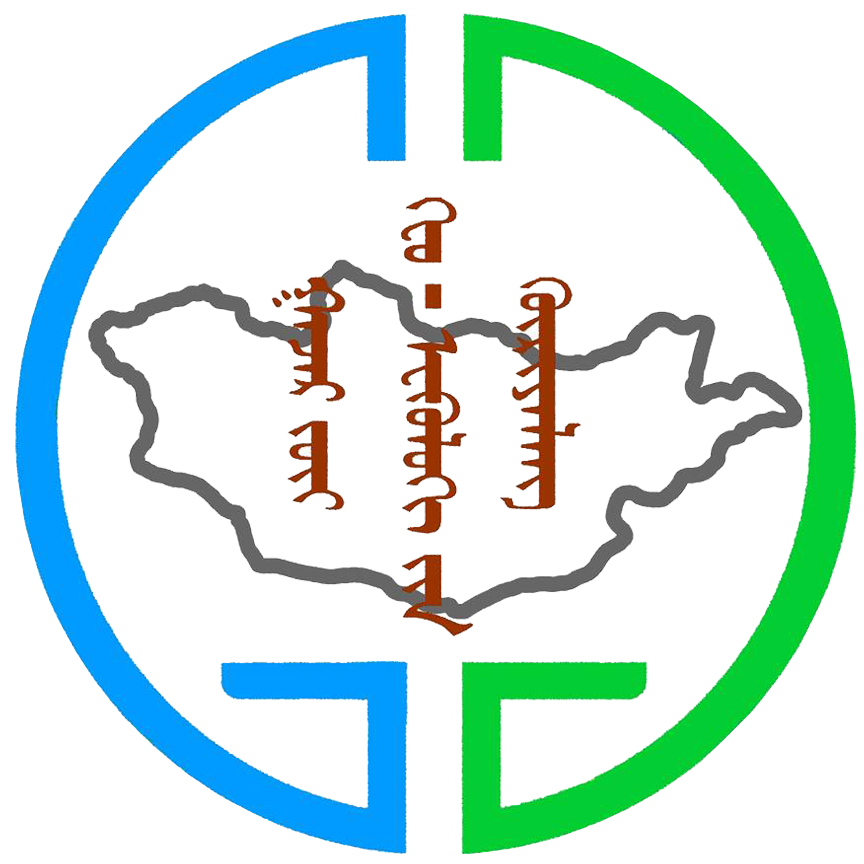At present, RS and GIS techniques are being widely used for monitoring and management of different agricultural resources. Basically, Mongolia is an agricultural country and the agriculture is considered to be the backbone of the country’s economy. Agricultural sector in Mongolia includes about 45% of the total labor force and produces about 20% of the country’s gross domestic product (GDP). Mongolian agriculture is divided into two main sub-sectors: livestock and crops. The livestock sector occupies about 81% and the crops constitute about 19%. The livestock sector is based on nomadic pastoral husbandry with its tradition of herding five kinds of livestock species such as sheep, goat, cattle, horse and camel. The main crops which are prominent in Mongolia’s agricultural production are wheat, barley, potato, oat, vegetables and fodder crops. As Mongolia has a very large area in comparison with its over 2 million inhabitants, the country has a great potential to use a wide range of RS and GIS techniques. This paper describes a general overview and some methodologies to use RS and GIS techniques for improvement of the present agriculture in Mongolia.
